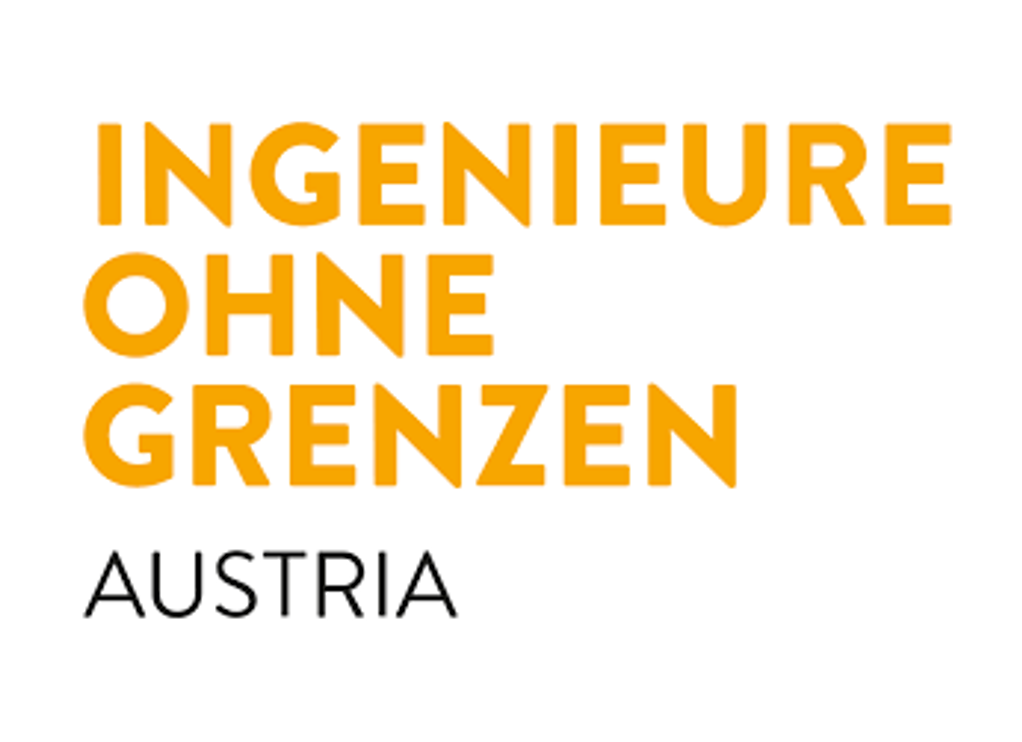Challenge Ingenieure ohne Grenzen
November 12, 2020 2022-02-18 12:16Challenge Ingenieure ohne Grenzen
Ingenieure ohne Grenzen
YA! Quick electric public transport for Ecuador
How might we make the public individual transport clean, more affordable and future-oriented in Ecuador?
To understand the problem, you must imagine a loud, dusty, and chaotic city in Ecuador. It is full of buzzing Tricis in full throttle. Oh, a Trici is like a motorbike with three tires and it is the number one mode of transport in Ecuador. But now because they are highly profitable there is so much noisy and stinking combustion-Tricis that they pollute the city and health of the inhabitants. There is no economical nor technical trigger to bring E-Mobility to Ecuador. Till now.
We teamed up with a partner organization in Ecuador with enthusiastic individuals (mainly Willy and Nery). They did inquiries with 20 Trici drivers to build up the required connection and a knowledge base. We have personal experiences of conditions on the roads of Ecuador. The Viennese part of the team works on the actual Electro Trici which would be of moderate level of complexity. We know that a fine business model should thrive the project powerfully.
A group of people remains working under high physical exertion and for low wages.
Bad air and noise remain status quo in the city.
Probably in sometime (e.g. 10 years) the combustion engine will be slowly replaced anyway. And a profit-only driven business model would not take into account the environmental.
In terms of Output:
A state analysis of driving behaviour by drivers.
A robust prototype within acceptable costs.
A supply chain analysis for Ecuador.
A cradle-to-cradle design for an affordable electric Trici.
A sustainable business model to give the drivers incentives to change to electric.
A transferable business model to similar cities.
A fleet of solar charged Tricis ready to (quietly) take over the city.
In terms of Outcome:
Secure raise in income and reduction in operational costs for Trici drivers.
Solar-powered and resilient individual urban transport for the population.
Raise in living quality of cities due to quiet and clean streets.
PRODUCT DESIGN:
- Simple, efficient and low-cost electric Tricis
- Solar-powered with a circular concept for battery, drive and chassis
BUSINESS MODEL:
- Affordable and lasting business model for the Ecuadorian market
- Incentives to change from combustion to electric
An untapped market for E-mobility and a hands-on experience on start-up ecosystems in Austria and Latin America.
Internal Stakeholders:
IoG – Ingenieure ohne Grenzen
Gives basic support with experience in development cooperation. Network of sponsors and donors in Austria for development aid projects.
Nueva Juventud
Young social organization in Ecuador eager to positively impact on society with a lot of contact to inhabitants and highly motivated individuals.
Low-income Trici drivers
In total 20 male adults working purely on manpower while driving their Tricis, should be first beneficiaries through the project.
External Stakeholders:
Sponsors and Donors
Individuals from crowdfunding and sponsors (not yet designated)
Suppliers
Battery, drive, and electronics will most probably arrive from Asia, but a strong focus is on a circular concept. The chassis and frame will be welded and constructed in Ecuador.
Local Mechanics
The electric drive for transport will require some mechanics to build up other skills.
Passengers
At the end of the day, the passenger decides whether they prefer an electric Trici before a combustion one.
Ingenieure ohne Grenzen

Ingenieure ohne Grenzen is a non-profit, Austria-wide association with the purpose of carrying out projects in technical development cooperation. Their goal is to provide people in their partner countries access to basic infrastructure with sustainable solutions in order to improve their quality of life, e.g. by building a well, a solar system, a sanitary facility or a bridge.

